The Golden Age of Nashik’s Ancient History–
Welcome to our Nashik City Blog, where we delve into the rich history of this fascinating city. Situated in the Indian state of Maharashtra, Nashik is a city that has played an important role in Indian history and culture. Known for its religious and spiritual significance, Nashik is also a hub of industry, commerce, and education. In this blog, we will take a closer look at the various aspects of Nashik’s history, from its ancient roots to its modern-day developments. Join us on this journey as we explore the many facets of this remarkable city and uncover the stories that have shaped it over the centuries. Nashik, a city in the western Indian state of Maharashtra, has a rich history dating back to ancient times. Let’s take a closer look at the historical perspective of Nashik.
Ancient Nashik: Nashik is an ancient city, known for its religious and historical significance. It is believed to be one of the four places where the elixir of immortality fell during the Samudra Manthan (Churning of the Ocean). The city is also mentioned in the Ramayana and the Mahabharata. It was an important center of trade and commerce during the reign of the Satavahanas, who ruled the region from 207 BC to 199 AD.
Mauryan Dynasty: During the Mauryan Dynasty, Nashik was known as Panchavati, and it was an important center for Buddhist teachings. Emperor Ashoka visited Panchavati and built several Buddhist monasteries and stupas.
Satavahana Dynasty (207 BC – 199 AD): Only 50 years after the death of King Ashoka, Satavahana became popular in western Maharashtra. its founder was Simuka. As soon as Simuka ended his reign, his brother Krishna usurped the throne. During the reign of Krishna, the Nashik region was merged with the Satavahana kingdom. Krishna left the inscription in a cave he dug for Buddhist monks near Nashik. The next ruler of the dynasty was Satakarni I. After his death, his son Nayanika/naganika Satakarni took over the throne from his sons Vedishri and Shaktisri. The Naneghat inscription describes Vedishri as a very brave king who was a unique warrior on earth and lord of Dakshinapatha (Deccan). . Several years after the rule of Vedishree, Shaka Kshatrapas conquered most of the Satavahana territories like Malwa, Nashik and Kathiawar of Maharashtra. Nahapana Shaka Kshatrapa, probably appointed by a contemporary Kushana emperor, ruled the Konkan, Poona, Nasik and some other parts of Maharashtra and parts of Central India north to Ajmer.
It was Nahapana who dug the pandav len. Several inscriptions of his son-in-law Ushavadatta (Sanskrit, Rishabhadatta) are incised in the Pandu lane caves near Nasik. Ushavadata was the son of Dinika and married the daughter of Nahapana Dakshamitra. These records in the Nasik caves describe the deeds and conquests of Ushavadata, who apparently ruled northern Maharashtra and the Konkan on behalf of his father-in-law. He had a cave excavated on Mount Trirashmi near Nasik and assigned it to Buddhist monks. Later, Gautamiputra defeated Satakarni as Nahapana of the Shaka dynasty and regained the honor of satavahana. He bravely invaded Vidarbha and occupied Benakata (or Wainganga territory). After that he invaded western Maharashtra and defeated Nahapana somewhere in Nasik district. A shaka king accepts a satavahna vassal. This is reflected in his inscription in one of the Nasik caves where he is called Benakatakasvami or Lord of Benakata (Wainganga district). According to the inscription, the king’s mother Gautami Balsari writes about her son: “…who crushed the pride and arrogance of the Kshatriyas [Indian princes/Rajputs of Rajputana, Gujarat and Central India]; who destroyed the Sakas [western Kshatras ] , the Javanese [Indo-Greeks] and the Pahlavas [the Indo-Parthians] … who uprooted the Khakharata clan [the Nahapana kshatrapas] … ” After defeating Nahapana, Gautamiputra recalled his silver coins and ate them again. The hoard found at Jogal Tembhi in Nasik district contained more than 10,000 recast silver coins.
After Gautamiputra Satakarni, the most distinguished follower was Yajnashri Satakari. He conquered the whole of Maharashtra. this is reflected in inscriptions and coins found over a large area. They show that he ruled over a large empire extending from the Konkan in the west to the Andhra desh in the east. Among other things, he issued ship-type lead coins to show his rule in the Maritime Province of the Coromandel Coast. Within fifty years of Yajnashri Satakarni, the power of the Satavahanas ended. By the middle of the century, the Satvahan kingdom disintegrated into several parts, each with a ruler who claimed to be a descendant of Satvahan. The Satavahanas were liberal patrons of learning and religion. The early kings of the family performed Vedic sacrifices and distributed gifts to the Brahmins. Krishna, Gautamiputra, Pulumavi and Yajnashri dug caves and donated villages for the maintenance of Buddhist monks, clothing and medicine. During that period, Nashik was very prosperous. It was on the trade route from Tagara and Pratishthana to Broach and was an important center of trade. Nashik silk was so famous that many European historians believe that the silk and gold brocade styles woven by Marco Polo (1290) in Baghdad, called nasichi and naz, originally came from Nashik. These silks were known in Europe in the 14th century as nac, nacquts, nachis, naciz and nasis.
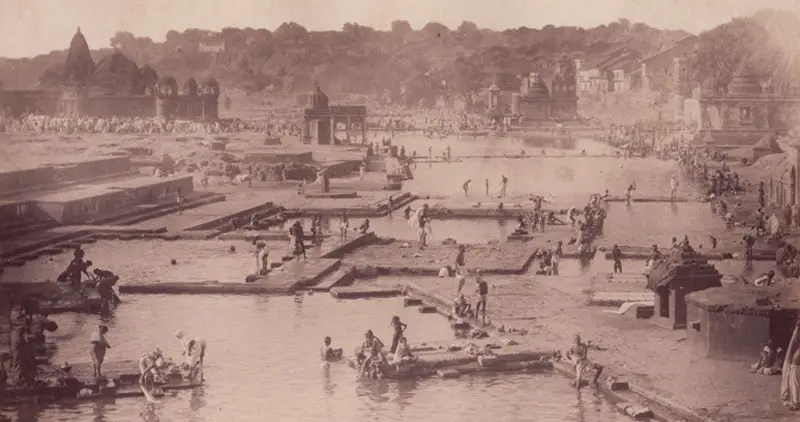
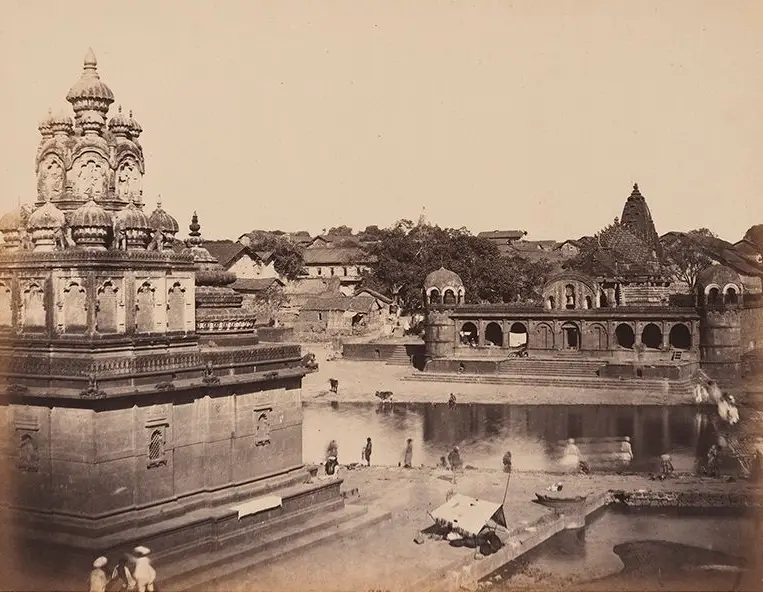
Abhira Dynasty: The Abhira Dynasty ruled the region from 220-377 AD. They were known for their horse-breeding and trading skills. Nashik was an important center for their horse-trading activities.
Traikutakas (490 AD): The Traikutakas ruled the region from 490 AD. They were known for their architectural skills and built several temples and monuments in Nashik.
Vishnukundins: The Vishnukundins ruled the region from the 5th to the 6th century AD. They were known for their patronage of art and literature. Several literary works were produced during their reign.
Kalachuris (550-573 AD): The Kalachuris ruled the region from 550-573 AD. They were known for their military prowess and expanded their kingdom by conquering neighboring regions.
Chalukyas of Badami (543 AD – 754 AD): The Chalukyas of Badam rose to power in the first half of the 6th century AD. The Badam Stone Inscription of the first independent ruler of that dynasty, Pulakeshi I, dates from 543 AD. He performed Ashvamedha and several other Shrauta sacrifices. He was followed by his son Kirtivarman I who made some conquests in South India which are described as the night of destruction for the Nalas (Bastar region), the Mauryas of Konkan and the Kadambas of Vanavas (North Kanara). Kirtivarman died, succeeded by his younger brother Mangalesha. Mangalesha’s reign ended in disaster and he lost his life in a civil war along with his nephew Pulakesh II. Pulakes II’s capital was in the Bijapur district of Badami at the beginning of his reign. The Chinese pilgrim Hiuen Tsang calls him Lord of Maharashtra. This shows that he must have visited her somewhere in Maharashtra. Scholars have suggested several identifications of his capital based on the Chinese pilgrim’s description, but Fleet and Burgess seem to be the most likely to identify it. With Nasik. A Pulakeshin grant dated Shaka 552 (AD 630) was found at Lohaner in Baglana taluka of Nasik district. Dated to Shaka 552 (AD 630), records that Pulakeshin gave the town of Goviyanaka to a Brahmin living in Lohanagara (present Lohaner).
Pulakeshin died in the Battle of Badam around 642 AD. Pallava king Narasimhavarman who conquered Vatapi and received the title Vatapi-konda (Conqueror of Vatapi). Pulakesh II was succeeded by his son Vikramaditya I (655-681 AD) after a long continuous struggle. He appointed his younger brother Dharashraya Jayasimha to rule over South Gujarat, North Konan and Nasik region. The Nasik plates of Jayasimha are dated Abhira year 36 (AD 685) and record his grant to the village of Dhondhaka on the occasion of Vishuva or the spring equinox. Dhondhaka is identical with Dhondegaon, 12 miles north-west of Nasik. From two land grants recently discovered in Anjaner village near Trimbak in Nasik district, we learn about a feudal family that ruled the North Konkan and Nasik region during the 7th and 8th centuries AD.
That family claimed descent from Harishchandra, the famous legendary king of the solar race. Svamichandra, who rose to power in the reign of Vikramaditya I, was the founder of that family and flourished about 660 AD. Three generations of this family are known from two sets of Anjaneri plates – Svamichandra, his son Simhavarman and the latter’s son Bhogashakti alias Prithivichandra who made two grants. One of them is dated 461 of the Abhira era, corresponding to AD 710-11. It records the grant of eight villages and certain rituals, payments and tributes to the god Narayana, who was called Bhogeshvara apparently after king Bhogashakti, who was installed in the temple of Jayapura, near present-day Jarwar Budrukhi Anjaneri. Other engineers. records tell us that Bhogashakti granted certain rights, privileges and exemptions to the merchants of Samagiripattana when he moved into the city and neighboring villages some time after their destruction. Bhogashakti was probably deposed by the Rashtrakuta king Dantidurga, who is known from the Ellora plates to have occupied the Nasik region sometime before 715 AD. Dantidurga defeated Kirtivarman, the last of the Early Chalukyas, some time before AD 754, when lie published his record of the Samangads. Kirtivarman ruled for a few more years but lost an important position in the Deccan.
Rashtrakuta Dynasty (754 AD to 950 AD): The Rashtrakuta Dynasty ruled the region from 754 AD to 950 AD. They were known for their military prowess and their patronage of art and architecture. The famous Kailasha Temple in Ellora was built during their reign.
Chalukyas: The Chalukyas ruled the region from the 10th to the 12th century AD. They were known for their patronage of art and architecture. The famous Jain temple of Muktidham was built during their reign.
Yadavas: The Yadavas ruled the region from the 12th to the 14th century AD. They were known for their military prowess and their patronage of art and architecture. The famous Someshwar Temple was built during their reign.
British period: Nashik came under British rule in the 19th century. The British established several educational institutions and developed the city’s infrastructure.
Here are the major events in the history of Nashik, rewritten in brief sentence format and presented in bullet points:
1615: The city was captured by Moguls(Kaustubh Shimpi) from Nijamshah Sultan & named as “Gulshanabad”.
1634: The city was recaptured by Shahaji Raje for his new state of Nijamshah Headquartered in Pemgiri(Near Sangamner)
1636: Shahaji Raje made Pact with Mogul Nashik again moved to Mogul rule 1663: Netaji Palkar recovered “Chauthai” from Nashik for Chatrapati Shivaji of Pune
1673: Jadhavrao and Siddi Halal left job of Mogul and joined army of Chatrapati Shivaji on Tribak Fort thus Nashik became part of Maratha rule
1685: Aurangzeb Captured Nashik City during Sambhaji’s rule.
1695: City was raided by Santaji followed by Temporary Maratha Rule
1719: Officially Shahu got right to collect “Chauthai” of City from Moguls of Delhi
1725: The city frequently camped by Marathas who heading to Malwa, Gujrat for campaigns.
1734: The ‘Gulshanabad’ city was given name ‘NASHIK’.
1862: Nashik Road railway station was built.
1864: Nashik Municipality formed
1869: Nashik district formed. rewrite and make brief sentence and write again that sentence in bullet point format
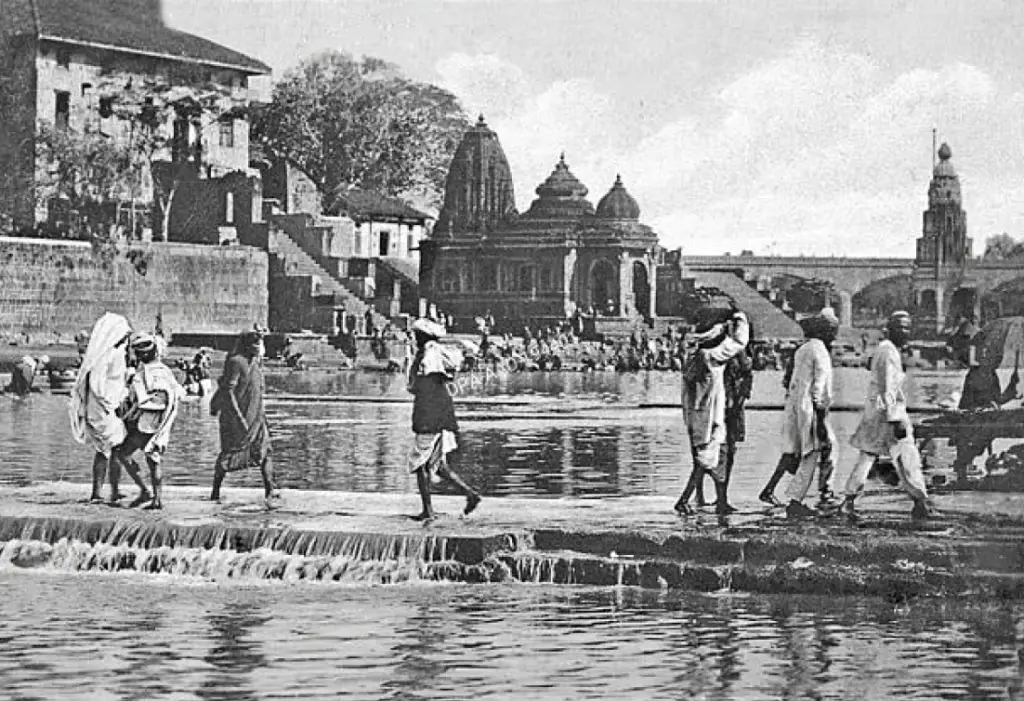
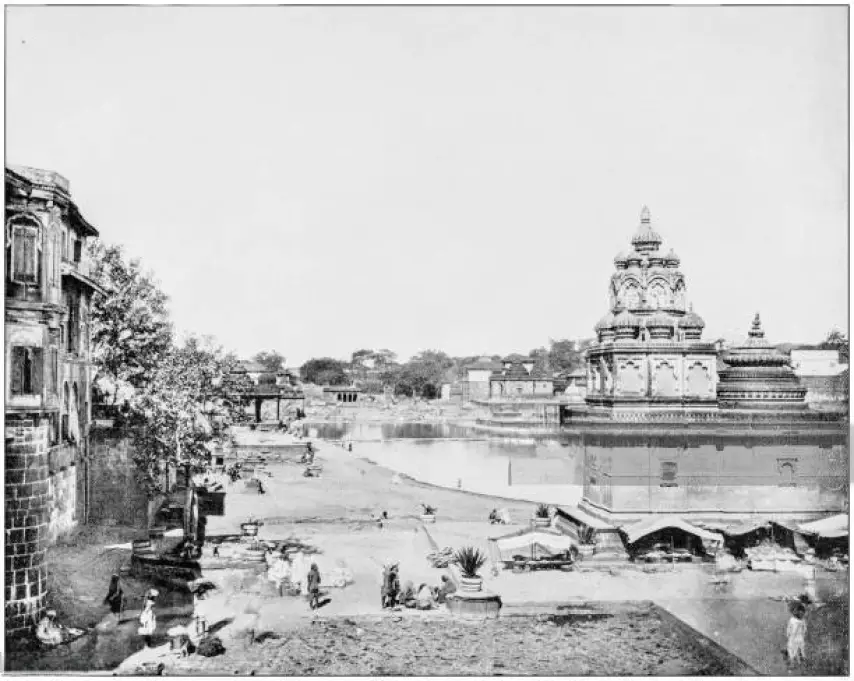
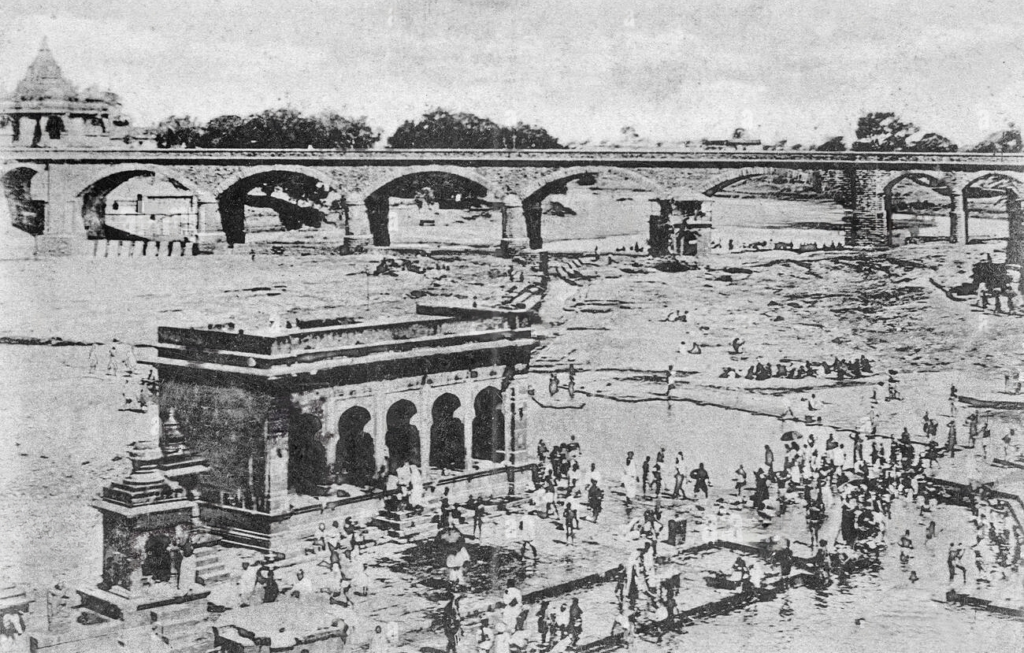
Here are some of the major events that took place in the history of Nashik in the last three centuries:
- Maratha rule (1749-1818): The Maratha Empire ruled over Nashik during this period. The Holkar’s, one of the prominent Maratha families, established their dominance over the region and played a crucial role in its development.
- British rule (1818-1947): Nashik came under British rule in 1818 after the Marathas were defeated in the Third Anglo-Maratha War. The British established several educational institutions, including the prestigious Barnes School and the BYK College, which continue to be important institutions in the city today.
- Freedom struggle: Nashik played a significant role in India’s freedom struggle. The city was home to several prominent freedom fighters, including Vinayak Damodar Savarkar, who was imprisoned in the Nashik jail for several years. Nashik was also the site of the historic Nashik Satyagraha, a nonviolent movement led by Mahatma Gandhi in 1930.
- Industrial development: In the 20th century, Nashik emerged as an important industrial hub. Several industries, including agriculture, engineering, and pharmaceuticals, were established in the city, contributing significantly to its economic growth.
- Kumbh Mela: Nashik is one of the four cities where the Kumbh Mela is held, a major Hindu festival that takes place every 12 years. The Kumbh Mela attracts millions of pilgrims from all over India and the world, making it one of the largest religious gatherings in the world.
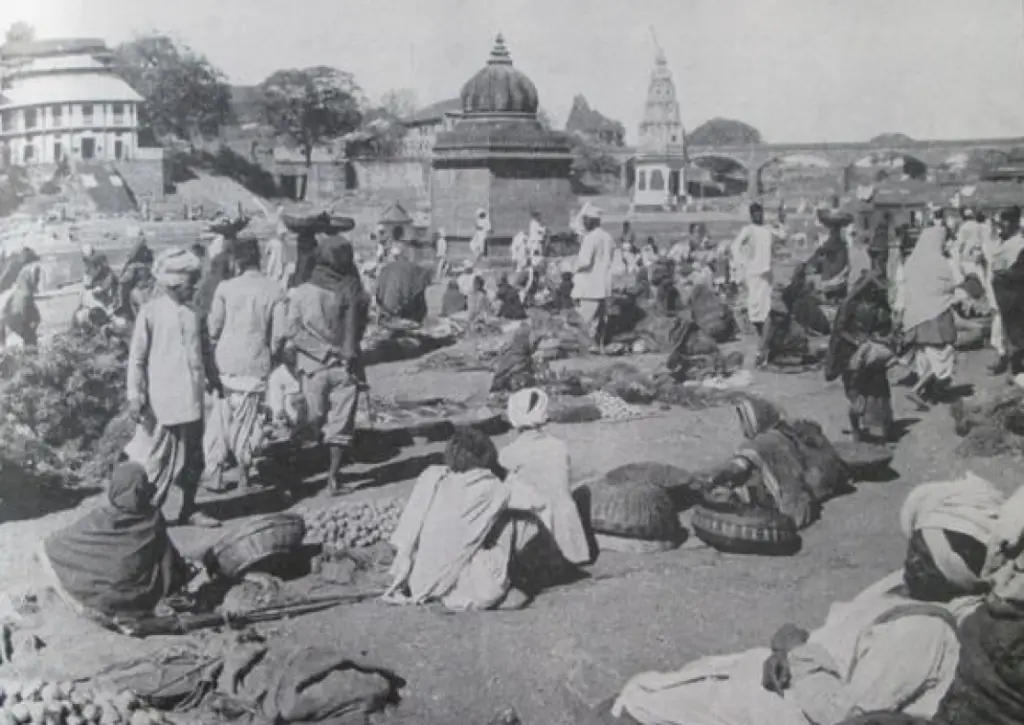
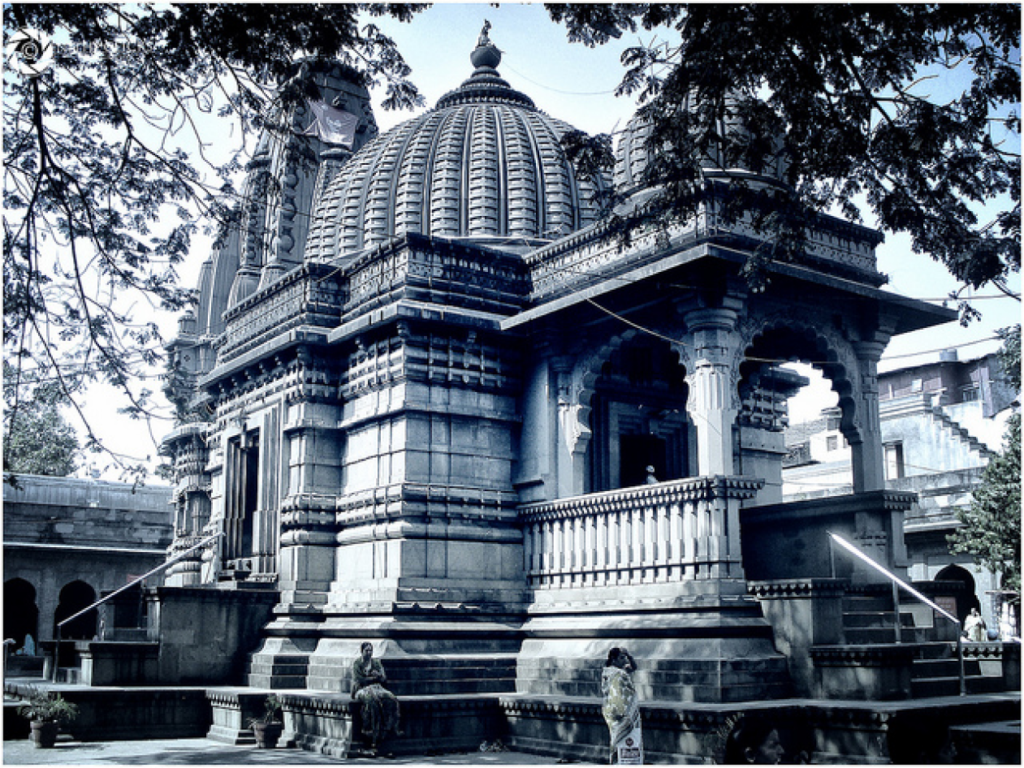
Modern-day history :Nashik has a rich history and has played a significant role in India’s fight for freedom. One of the notable incidents was when a young man named Anant Kanhere shot the Collector of Nashik, Jackson, during a play. Nashik also witnessed the launch of the Nashik Satyagraha led by Dr. Babasaheb Ambedkar for the entry of Dalits into the Kalaram Temple. Nashik has many famous personalities like Veer Sawarkar and Rev. Tilak. Nashik district is the third largest in Maharashtra and is blessed with a mythological background, fertile land, and significant rivers like Godavari, which originates from Trimbakeshwar, one of the twelve Jyotirlingas. Nashik is also known as Mini Maharashtra due to its diverse climate and soil conditions. The district is bounded by several other districts and is known for its hilly terrain and open, fertile, and well-cultivated eastern portion.
- Nashik participated in India’s freedom struggle, including the shooting of the Collector of Nashik in 1909 and the Nashik Satyagraha in 1930 led by Dr. Babasaheb Ambedkar for the entry of Dalits in Kalaram Temple.
- Nashik has a rich mythological background, with Lord Rama living in Panchvati during his vanvas and Agasti Rushi staying in Nashik for Tapasya.
- The district is the third largest in Maharashtra in terms of population and area, with a population of 61,09,052 and an area of 15,582 square kilometers.
- The western portion of the district is hilly, while the eastern portion is open, fertile, and well-cultivated.
- The Satmala-Chandwad Range forms the chief divide of the plateau region, and the Godavari river originates from Trimbakeshwar in Nashik.
- Nashik is home to the Trimbakeshwar Shiva Temple, one of the twelve Jyotirlingas, and has many well-known personalities, including Veer Sawarkar, Anant Kanhere, and V.V. Shirwadkar.
In conclusion, Nashik’s rich and diverse history is a testament to its cultural and religious significance. From its mythological origins to its historical dynasties and modern-day developments, Nashik has undergone several transformations that have shaped its unique character and charm. The city’s vibrant heritage, combined with its emerging industrial and tourist sectors, makes it a fascinating destination for visitors and a great place to call home.
Looking for informative blogs on agriculture? Visit www.krushimantri.com for the latest news, updates, and insights on farming and agriculture.
If you’re a travel enthusiast, be sure to check out www.urbanchats.com for fascinating stories, travel guides, and tips to plan your next adventure.
Stay up-to-date on the latest trends, innovations, and news in the digital world by visiting Digital news. Your go-to source for all things digital.

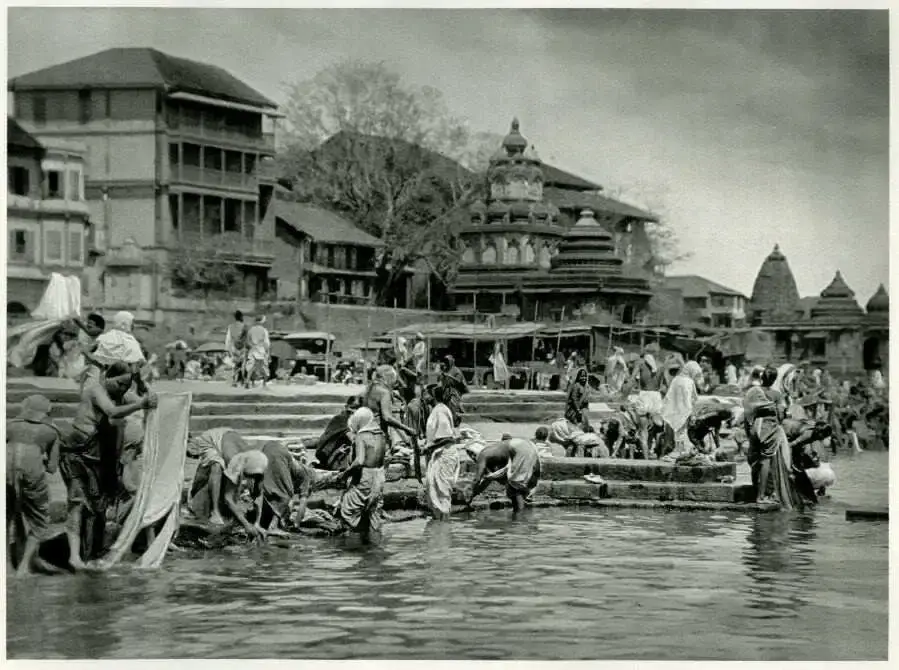


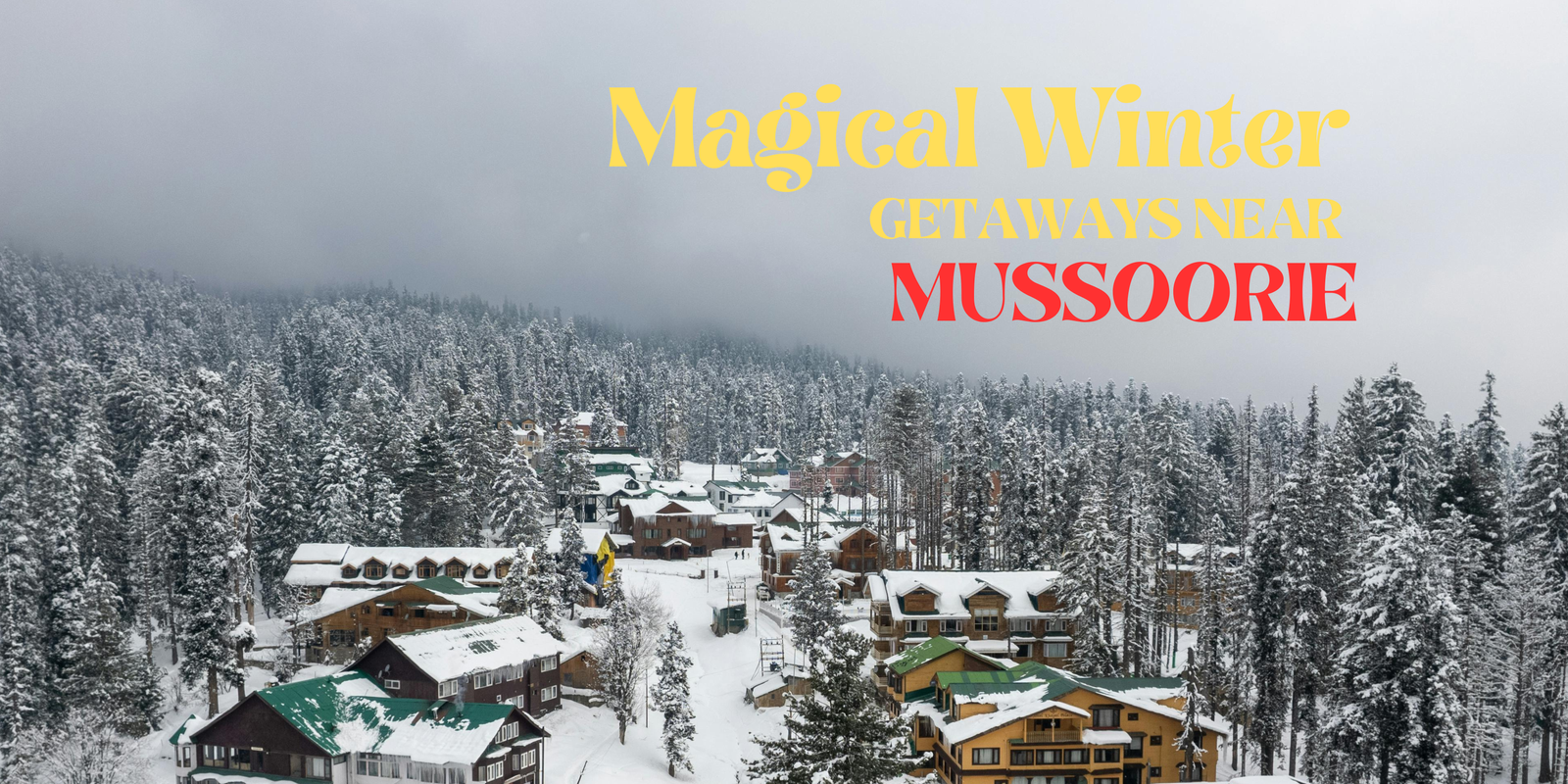
13 Comments
[…] There are several popular attractions near the Casagris Villa that visitors can explore during their stay in Nashik. […]
[…] Gulshanabad to Nashik – The Incredible Transformation […]
[…] Gulshanabad to Nashik – The Incredible Transformation […]
[…] Gulshanabad to Nashik – The Incredible Transformation […]
[…] Gulshanabad to Nashik – The Incredible Transformation […]
[…] Gulshanabad to Nashik – The Incredible Transformation […]
[…] Gulshanabad to Nashik – The Incredible Transformation […]
[…] Gulshanabad to Nashik – The Incredible Transformation […]
[…] Gulshanabad to Nashik – The Incredible Transformation […]
[…] Gulshanabad to Nashik – The Incredible Transformation […]
[…] Gulshanabad to Nashik – The Incredible Transformation […]
[…] Gulshanabad to Nashik – The Incredible Transformation […]
[…] Gulshanabad to Nashik – The Incredible Transformation […]